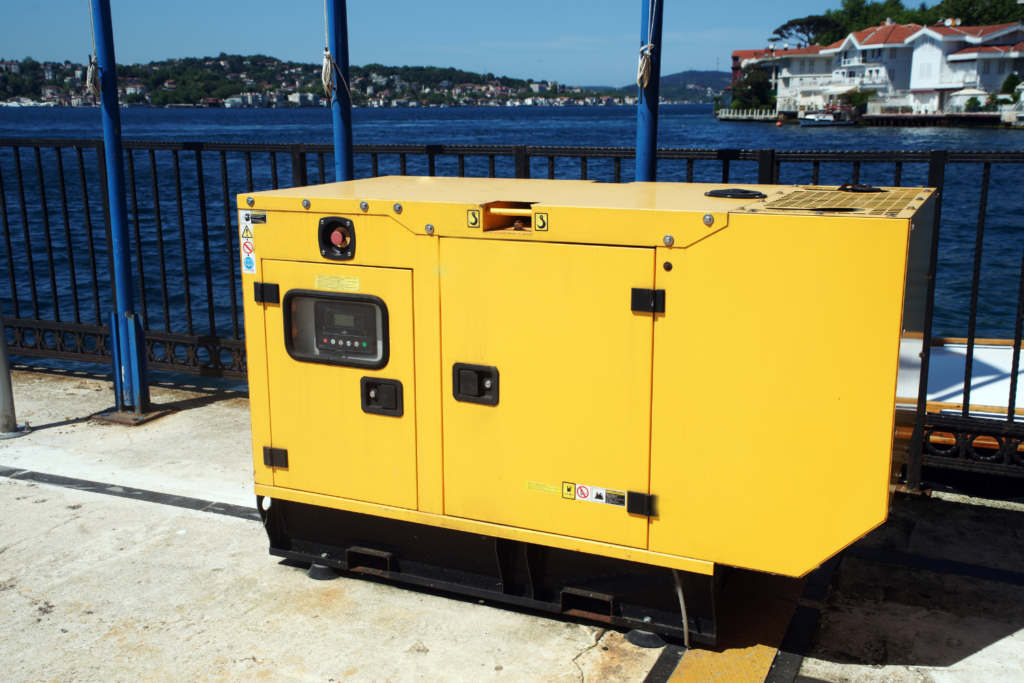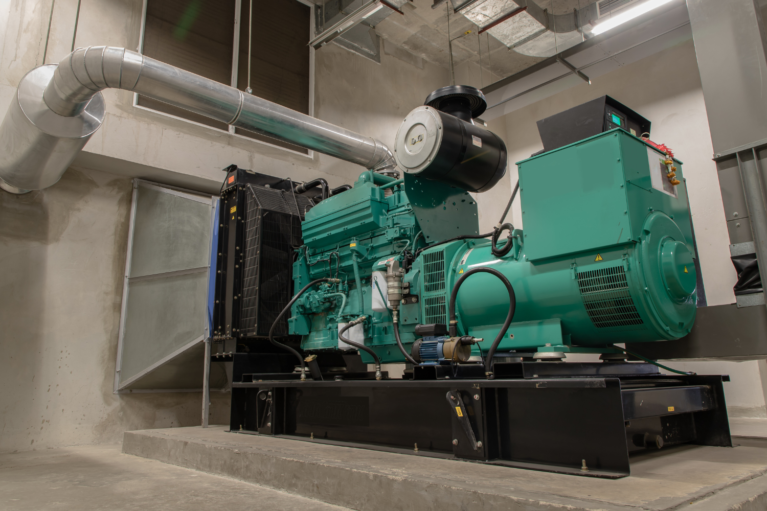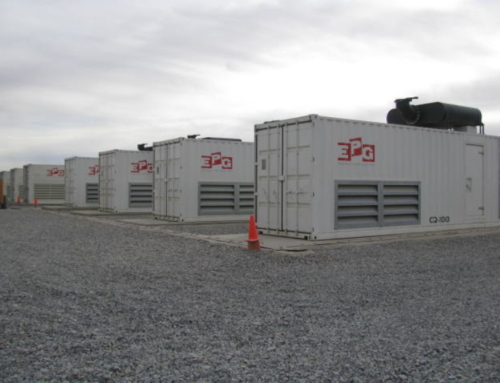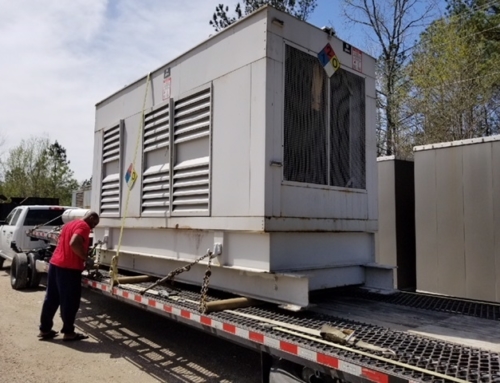Today, generators play an important role in powering the optimal functioning of a wide range of businesses, institutions, and residential complexes. They serve as an important backup resource during power cuts or in certain conditions where power is completely unavailable.
To help meet eclectic power demands, the market offers a wide range of generators of varying capacities and functionalities customized for various customer needs.
In this blog, we deconstruct two common types of generators to be considered – prime and standby generators – the differences, common use cases, and the impact of having generator access at all times.
Table of Contents
What is a prime generator?
As the name suggests, a prime generator is used as a primary power source in any setting. It needs to be powerful to provide enough electricity for an entire operation for an extended period.
Such a generator is ideal for use when operations are being run in remote locations that do not have access to other sources of power. Perhaps, a location that is off the power grid. Secondly, a prime generator can also be turned into a mobile device, mounted on a van, and transported to various locations that require a reliable power source.
Use cases for prime generators
Here are some scenarios where a prime generator is ideal:
- Power may be required to perform certain functions in hard-to-access locations. These include mining, rock crushing, oil and gas extractions, and construction. Prime generators help enable these operations.
- A music festival is being organized in a remote venue that does not have access to a power supply. A prime generator can deliver an adequate power supply for the festival’s duration.
What is a standby generator?
A standby generator is essentially a source of backup power supply when the main power source is cut off. The main power may be cut off due to a blackout or for a brief period. It may also not function due to an internal fuse.
Standard generators must be able to run for between one and 12 hours, based on real-time power backup needs of customers. They come in various capacities based on the needs of the customer. Without access to standby generators, the daily operations of any establishment will be disrupted, and safety and security may be compromised. Sensitive data may be lost in the process of a power failure.

Hence, they are viewed as important assets during an emergency. Typically, they are used by businesses, educational institutions, hospitals, residential complexes, and commercial properties. In all these cases, a standby generator is a valuable asset.
Use cases for standby generators
Here is a snapshot of important use cases for standby generators:
- Schools, community colleges, and universities can benefit extensively from standby generators. Despite having a continuous power supply, there are many instances where bad weather conditions have led to blackouts for days. Standby generators ensure that sensitive data is not lost and the potential for data breaches is reduced. They help enhance campus safety and enable campus activities to continue.
- Hospitals and other medical care facilities can greatly benefit from standby generators. Equipment such as ventilators and Intensive Care Units require a 24/7 power supply. During a power failure, having a network of standby generators is essential for the optimal and efficient functioning of the facility and the well-being of patients.
- Businesses of varying scales can also benefit from having standby generators. Those with a large network of computers, laboratories, and manufacturing units, can especially benefit due to the real-time operational needs of the business.
Impact of generators
Here is a quick snapshot of the impact of prime and standby generators:
- Through the use of these generators, establishments can have access to a 24/7 power supply.
- Generators enable continued daily operations, whether in a residential or business complex.
- Access to generators can reduce the loss of sensitive and important digital data and vulnerability to cyber attacks during power blackouts.
- Many generators can be remotely operated today, making them easy to operate on large campuses.
- The safety of any campus is enhanced with continued access to power through the use of generators. For instance, campuses are prone to robberies and vandalism without emergency lighting.
- Businesses can undertake projects in remote locations or areas with limited or no power supply, thus enabling them to increase revenues and market share.
The conclusion
Both prime and standby generators have their specific advantages. They also come in a wide range of capacities, features, and functionalities. Hence, it is important to choose one based on real needs for enhanced safety, security, and continued daily operations. You can also buy second-hand or brand-new generators based on budget.
When buying generators, it is advisable to partner with power generation specialists like Mid-America Engine, who understand the challenges and requirements of a wide range of businesses, institutions, and residential scenarios.
FAQs
What is the difference between prime and standby generators?
A prime generator essentially serves as the main source of power supply for any operation or establishment. On the other hand, a standby generator is essentially a backup in case the main power supply fails. However, both have the potential to power several devices. The capacity of generators varies.
Should I buy a prime or standby generator?
It completely depends upon the specific needs of your business. For instance, if you cannot access a power supply for a particular project, then a prime generator is the right option. However, if a 24/7 continuous power supply is already in place, then having a standby generator as a backup makes sense.
How to reduce expenditure on prime and standby generators?
Today, there are several ways in which you can reduce expenditure on generators. One approach is to do an energy audit to understand exactly how much power is required to facilitate an uninterrupted power supply and purchase a generator accordingly. Another option is to purchase a second-hand generator which is in mint condition.










![Commercial Generators Buying Guide 2024 [By Generator Specialist] 8 Commercial Generator](https://www.midamericaengine.com/wp-content/uploads/2016/07/Another-Commercial-Power-Project-Completed-66x66.jpg)
![Natural Gas Generators Buying Guide 2024 [By Generator Specialist] 9 natural gas generators](https://www.midamericaengine.com/wp-content/uploads/2018/09/IMG_8223.JPG-66x66.jpeg)

Leave A Comment